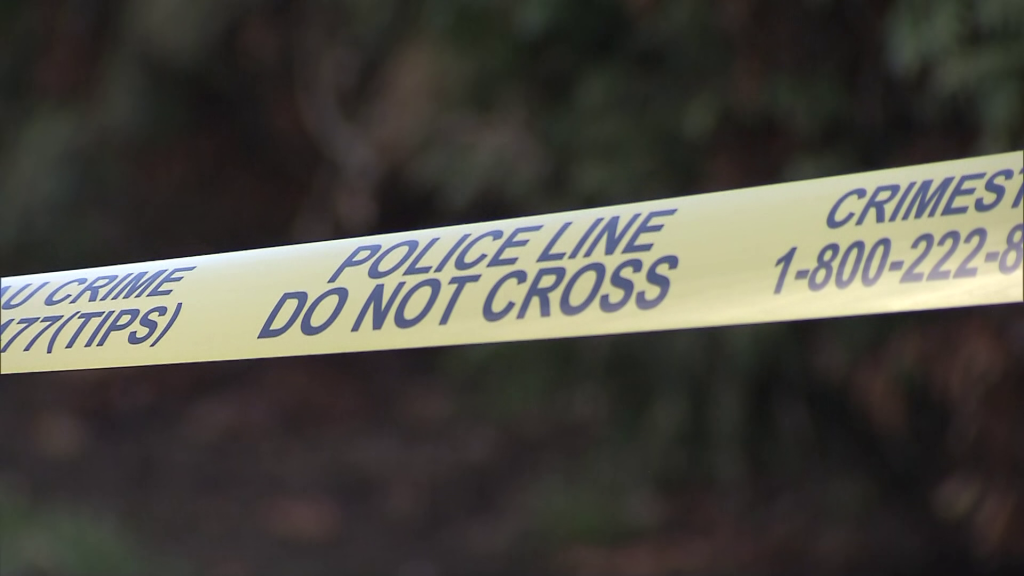751 unmarked graves found at former residential school in Saskatchewan

Posted June 24, 2021 11:17 am.
Last Updated June 24, 2021 10:21 am.
Editor’s note: This article contains some disturbing details about experiences at residential schools in Canada and may be upsetting to some readers. For those in need of emotional support, the 24-hour Residential Schools Crisis Line is available at 1-866-925-4419.
The Cowessess First Nation says 751 unmarked graves have been uncovered on the grounds of a former residential school in Saskatchewan.
The discovery of the unmarked graves at the former Marieval Indian Residential School is the most significant found in Canada to date.
The Federation of Sovereign Indigenous Nations (FSIN), which represents 74 First Nations in Saskatchewan, made the announcement alongside the Cowessess First Nation Chief, Cadmus Delorme, Thursday morning.
Chief Delorme said they believe both adults and children were buried at the site.
The graves are unmarked but Chief Delorme said they believe there may have been marks on the graves or headstones prior to 1960, but said the Catholic Church representatives, who oversaw the site, removed them.
“Removing headstones is a crime in this country and we are treating this like a crime scene at this moment,” said Chief Delorme.
The former residential school was built in 1899 by Roman Catholic missionaries. The federal government began funding the school in 1901 and took over its administration in 1969.
The school was turned over to the Cowessess First Nation in 1987, and it was closed in 1996.
FSIN Chief Bobby Cameron said this is only the beginning of the number of children who will be found.
“The world is watching as we unearth the findings of genocide”
“We will not stop until we find all of our children … We will do a search of every residential school site. We will tell the stories of the children of our people who died,” said Chief Cameron. “We will not stop until we locate all of them.”
“The world is watching as we unearth the findings of genocide … Canada will be known as the nation who tried to exterminate their First Nations. Now, we have evidence.”
The Cowessess First Nation started their radar penetrating research on June 2 and the discovery of the remains have happened over the last three weeks. “We always knew that there were graves here,” said Chief Delorme.
Right now, flags are being used to mark were each grave was found at the site.
Chief Delorme said they are working now to put names to each of the graves. “We want to honour our loved ones that lay their today and we want to make sure we keep that place and preserve so many can come here and heal.”
“The more we put names to them, the more that its going to reopen some of the pains that many endured at the Marieval Residential School.”
When asked what is needed from the Catholic Church after this discovery, Chief Delorme said, “The Pope needs to apologize for what has happened to the Marieval residential school, the impact on Cowessess First Nation survivors and descendants. An apology is one stage of many in the healing journey.”
Prime Minister Justin Trudeau released a statement, saying he was “terribly saddened” to learn of the discovery of the unmarked graves.
““I recognize these findings only deepen the pain that families, survivors, and all Indigenous peoples and communities are already feeling, and that they reaffirm a truth that they have long known,” read the statement.
The discovery comes soon after another mass grave was unearthed by the Tk’emlups te Secwepemc First Nation at the former Kamloops Residential School in British Columbia last month.
The remains of 215 children, some as young as three years old, were found buried on the school grounds – once the largest in Canada’s residential school system.
Chief Rosanne Casimir of the Tk’emlups te Secwépemc First Nation said at the time the discovery was an “unthinkable loss that was spoken about but never documented at the Kamloops Indian Residential School.”
The federal government has since offered $27 million in funding for all First Nations communities to help identify and investigate marked and unmarked burial grounds near residential schools.








